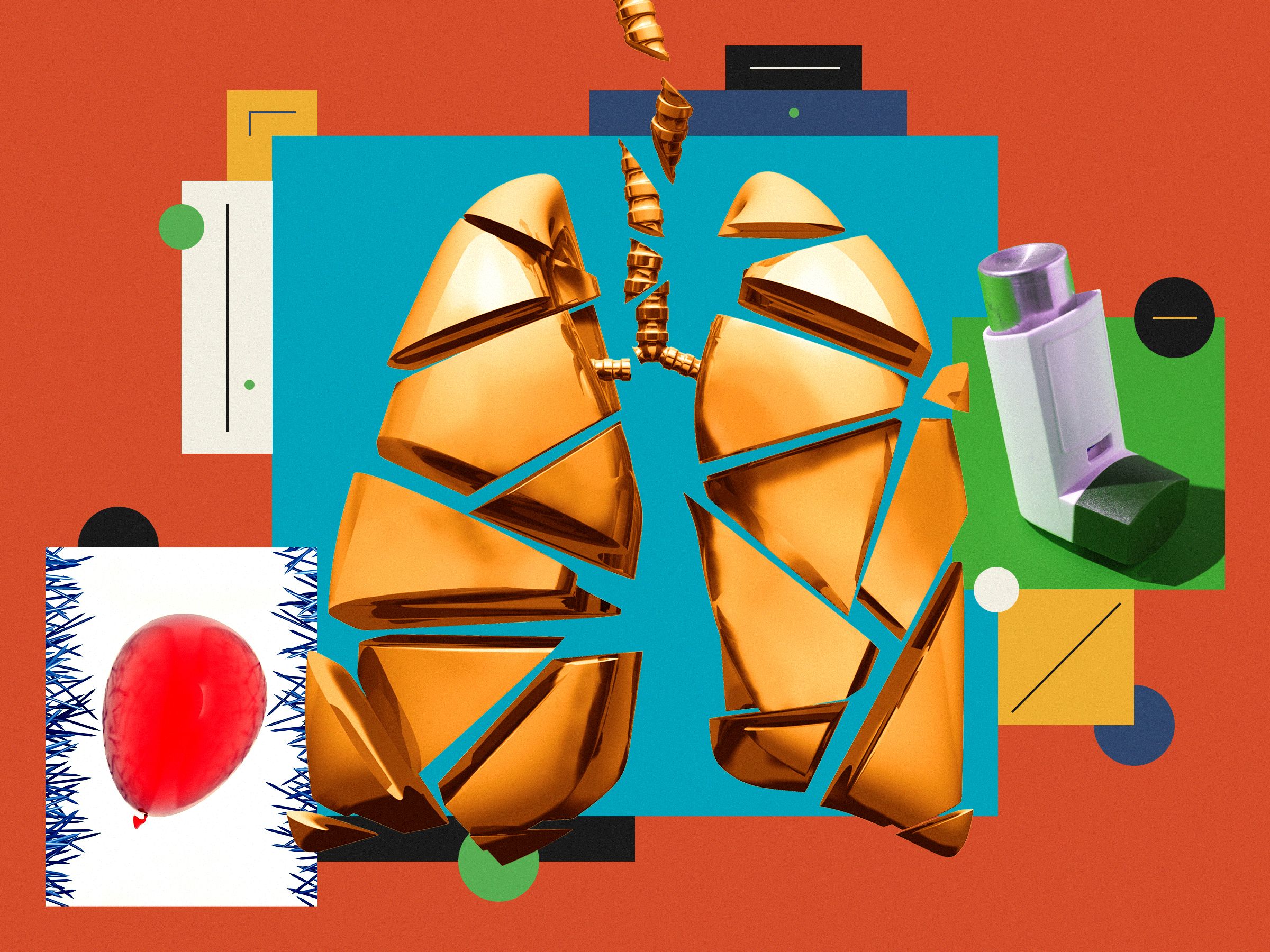How Biohacking Left the Basement

Once dismissed as the domain of eccentric tinkerers working in cluttered garages and dimly lit basements, biohacking has rapidly evolved into a legitimate—and often controversial—movement shaping the future of human health and enhancement. From DIY biology to corporate-funded longevity research, biohacking is no longer fringe. It’s gone mainstream.
What Is Biohacking?
Biohacking broadly refers to the practice of optimizing the human body through biology, technology, or lifestyle changes. It encompasses everything from:
- Nutritional experiments and fasting protocols
- Wearable health tech and data tracking
- Implantable chips and genetic editing
- Nootropics and smart drugs
- DIY CRISPR projects and at-home lab experiments
What began as a blend of curiosity and rebellion against medical orthodoxy has now grown into a movement that includes scientists, entrepreneurs, athletes, and wellness influencers.
From DIY Labs to Billion-Dollar Startups
In the early 2000s, biohacking was mostly underground. Communities like BioCurious and Grindhouse Wetware emerged, building low-cost labs in shared spaces. These pioneers challenged the idea that biology needed to be confined to universities and biotech firms.
Today, biohacking is supported by Silicon Valley venture capital, major universities, and government-backed research. Companies like Neuralink, Altos Labs, and Oura represent how deeply embedded the ethos of human optimization has become in both tech and wellness industries.
The Wellness Wave
Part of biohacking’s leap into the mainstream comes from the quantified self movement—using data to optimize health and performance. Consumer devices like:
- Smart rings
- Continuous glucose monitors
- Brainwave headbands
- Sleep trackers
…have made biohacking accessible to everyday users, not just enthusiasts. What was once niche is now sold in upscale stores and featured on podcasts and influencer platforms.
The Corporate and Celebrity Endorsement
Prominent figures—from CEOs to actors—are proudly sharing their biohacking routines. Twitter threads, YouTube videos, and blogs are filled with personal protocols involving ice baths, red light therapy, microdosing, and advanced supplementation.
When someone like Bryan Johnson spends millions trying to reverse his biological age—or when a corporation offers brain stimulation as a productivity perk—it’s clear biohacking has exited the basement and entered the boardroom.
Ethical and Scientific Questions
As biohacking grows, so do concerns:
- Safety: DIY gene editing and self-administered treatments may bypass medical oversight.
- Access: Elite biohacking tools are often expensive, raising questions about inequality.
- Regulation: Governments struggle to keep pace with rapid innovation in a space that blends health, tech, and personal freedom.
- Identity: What does it mean to be human in a world where biology is editable and upgradeable?
Biohacking as a Cultural Shift
Beyond technology and biology, biohacking represents a cultural transformation. It reflects a shift from passive healthcare to active self-experimentation. It appeals to those disillusioned with traditional medicine, seeking agency over their own biology.
For some, it’s about curing chronic illness. For others, it’s about chasing mental clarity, physical endurance, or even immortality. In all cases, biohacking blurs the line between medical necessity and enhancement.
Conclusion: Out of the Basement, Into the Future
Biohacking has matured. It’s no longer just a hobby—it’s an ecosystem. What began with amateur genetic tinkerers has evolved into a sprawling field of innovation, pushing the boundaries of what’s possible for the human body and mind.
The basement was only the beginning. The real experiments are happening now—on main stages, in labs, in bedrooms, and in boardrooms. The question is no longer whether biohacking works.
It’s whether we’re ready for what comes next.



